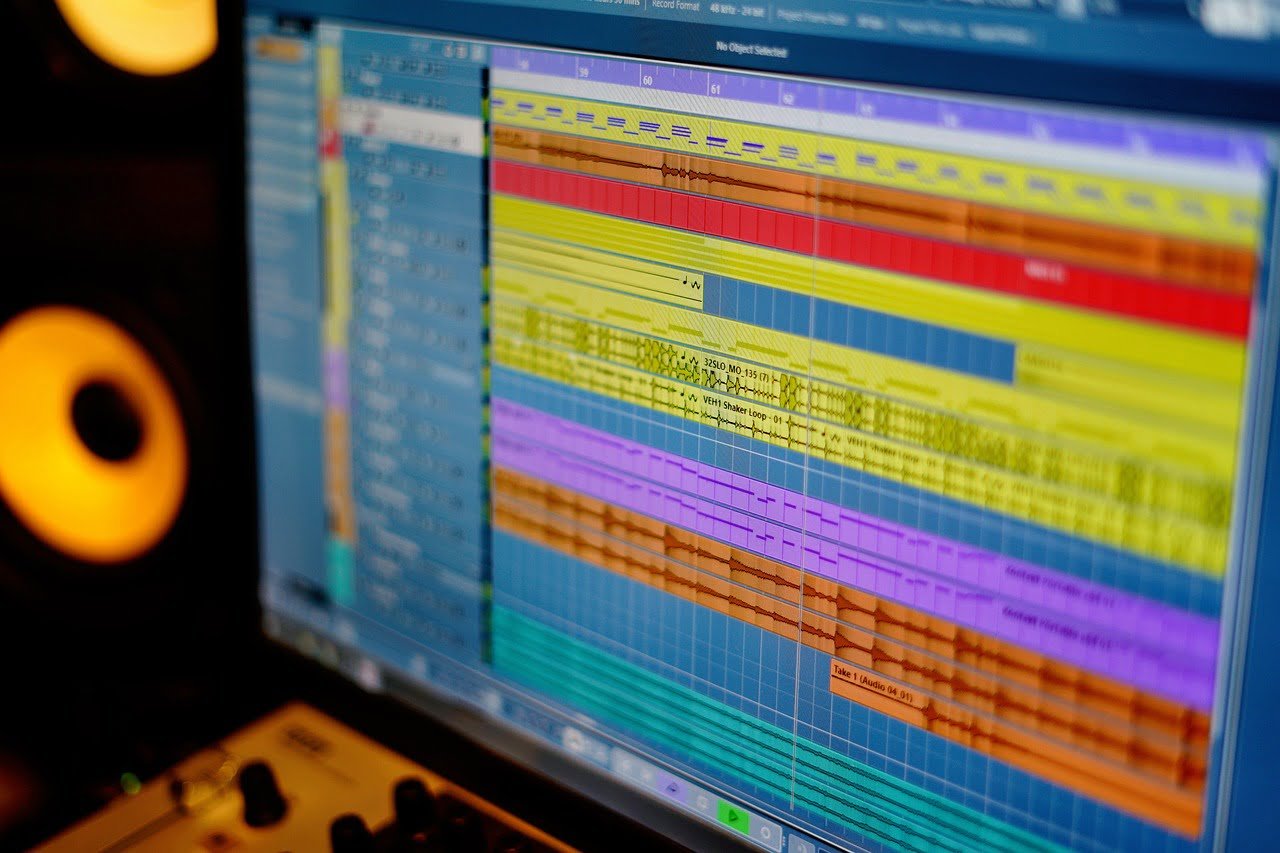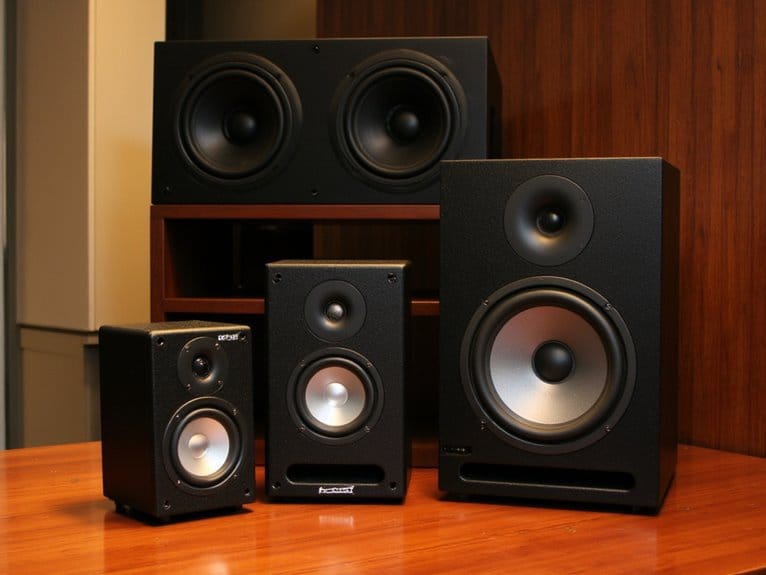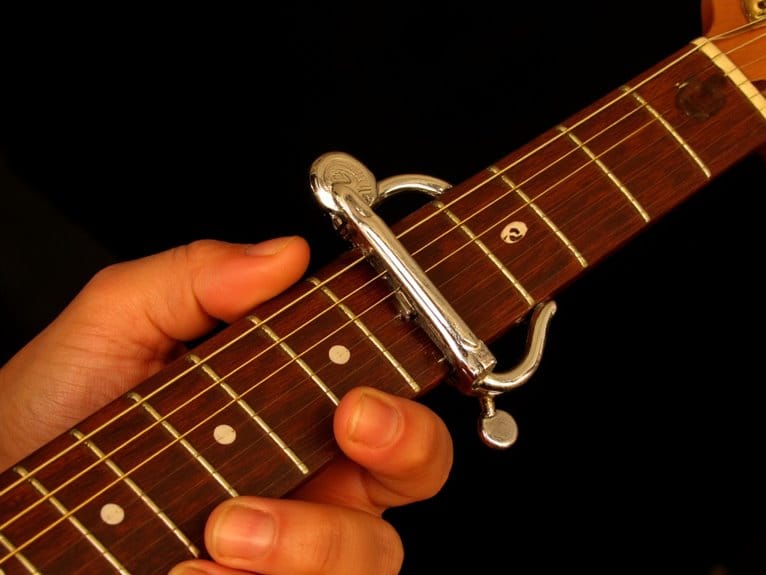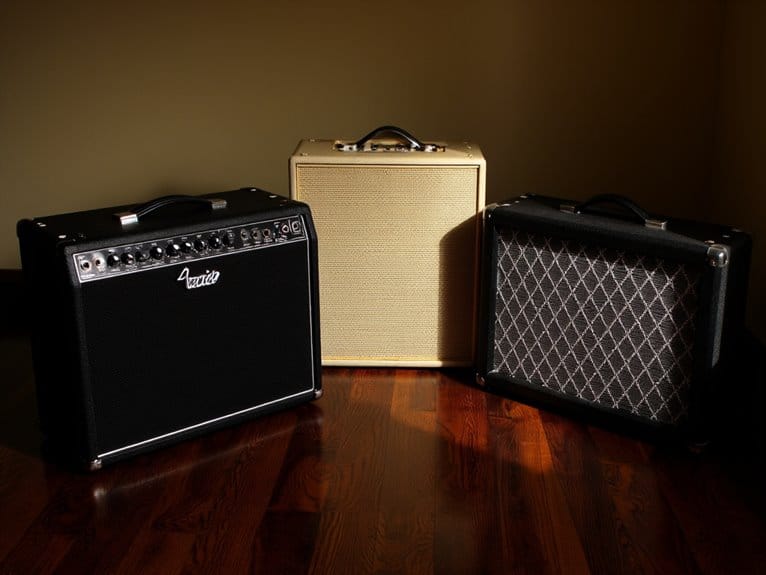Analog Emulation Plugins: Recreating Vintage Sounds in a Digital Environment
Hey there! Are you tired of endlessly searching for that perfect vintage sound, only to be disappointed by digital replicas that just don't hit the mark? Well, fret no more! I've got some exciting news for you. There's a game-changer in town – analog emulation plugins. These babies can transport you back in time and help you recreate those iconic vintage sounds within the comfort of your digital environment. It's like having a time machine for your music production!
We are supported by our audience. When you purchase through links on our site, we may earn an affiliate commission, at no extra cost for you. Learn more.
Now, you might be wondering, what exactly are analog emulation plugins? Well, let me break it down for you. They're like virtual replicas of vintage analog gear, but without the hefty price tag or the need for a time-traveling DeLorean. These plugins give you all the benefits of vintage sound reproduction, offering a vast array of options to explore and experiment with.
But how do you choose the right analog emulation plugin for your needs? Good question! There are plenty of options out there, each with its own unique flavor. It's all about finding the one that resonates with your style and takes your music to the next level. So, don't be afraid to dive in, do some research, and test out different plugins until you find your perfect match.
Now, let's talk about using these plugins to achieve those authentic vintage sounds. It's all about understanding how to harness their power and unleash their potential. Think of it as unleashing your inner mad scientist, but instead of creating a monster, you're crafting mind-blowing vintage sounds. It's a journey of exploration and experimentation, where you have the power to transform your music into something truly extraordinary.
So, are you ready to embark on this sonic adventure? Are you ready to dig deep into the world of analog emulation plugins and unlock the secrets of vintage sounds? I know I am! Let's dive in and uncover the wonders that await us in this exciting digital realm. Together, we'll revolutionize the way we create music and bring back the magic of the past in a whole new way. Get ready to take your music production to new heights with analog emulation plugins!
Understanding Analog Emulation Plugins
To understand analog emulation plugins, you need to grasp their role in recreating vintage sounds in a digital environment. These plugins are innovative tools that allow you to capture the essence of classic analog equipment, such as compressors, equalizers, and tape machines, and apply them to your digital recordings. By emulating the characteristics and sonic qualities of vintage gear, these plugins enable you to achieve a warm, rich, and authentic sound that is reminiscent of the analog era. They use advanced algorithms to mimic the behavior and circuitry of analog hardware, providing you with the flexibility and convenience of digital processing while maintaining the unique characteristics of analog sound. With analog emulation plugins, you can bring the vintage vibe to your recordings, adding a touch of nostalgia and creativity to your music production.
The Benefits of Vintage Sound Reproduction
Experience the advantages of vintage sound reproduction in your digital recordings. By utilizing analog emulation plugins, you can recreate the warmth, character, and richness of vintage audio equipment within your DAW. These plugins accurately model the behavior and sonic qualities of iconic analog gear, such as vintage compressors, EQs, and tape machines. With vintage sound reproduction, you can add a touch of nostalgia and authenticity to your music, giving it a unique and timeless feel. The benefits of vintage sound reproduction extend beyond aesthetics. The warm and harmonically rich tones produced by analog gear can enhance the overall listening experience, adding depth, dimension, and a certain musicality to your recordings. With the advancements in technology, you can now access the benefits of vintage sound reproduction in a convenient and cost-effective manner, revolutionizing the way you approach digital music production.
Exploring Different Types of Analog Emulation Plugins
Now let's delve into the various types of analog emulation plugins available to recreate vintage sounds in a digital environment. There are three main types: tape machine emulations, analog console emulations, and classic hardware emulations. Tape machine emulations mimic the sound characteristics of vintage tape machines, adding warmth, saturation, and subtle distortion to audio signals. They offer controls for adjusting tape speed, bias, and noise levels. Analog console emulations replicate the sound and feel of vintage mixing consoles, providing a unique coloration and sonic character. They often include features like channel strip modules, EQs, compressors, and saturation controls. Classic hardware emulations recreate the sound of specific vintage hardware units, such as compressors, equalizers, and reverbs. They capture the unique sonic qualities and idiosyncrasies of these iconic devices, allowing for authentic vintage sound reproduction in the digital realm.
Tips for Choosing the Right Analog Emulation Plugins
When selecting the appropriate analog emulation plugins for your digital setup, consider the specific vintage sounds you wish to recreate and the particular characteristics of the analog hardware you aim to emulate. Start by researching the specific analog gear you want to replicate, such as vintage compressors, equalizers, or synthesizers. Understand the unique sonic qualities and characteristics of these analog devices, such as the warmth, coloration, and saturation they provide. Look for analog emulation plugins that offer accurate modeling and faithful reproduction of these characteristics. Consider plugins that provide a wide range of parameter controls, allowing you to fine-tune and customize the sound to your liking. Additionally, look for plugins that offer presets based on famous analog hardware for a quick starting point. Keep in mind that the quality of the emulation will vary between plugins, so try out different options and trust your ears to ultimately choose the one that best suits your needs.
How to Use Analog Emulation Plugins in Your Workflow
To incorporate analog emulation plugins into your workflow, you'll need to understand how to integrate them seamlessly with your digital setup and take advantage of their unique capabilities. The first step is to ensure compatibility between your digital audio workstation (DAW) and the plugin. Most emulation plugins are available in popular formats such as VST, AU, and AAX, so make sure your DAW supports these formats. Once installed, you can use the plugin like any other virtual effect or instrument. Simply insert it into the desired track or bus and adjust the settings to achieve the desired vintage sound. Experiment with different parameters like saturation, EQ, and compression to recreate the warmth and character of analog gear. Remember to use the plugin sparingly and trust your ears to determine the appropriate amount of emulation needed. With practice and experimentation, you'll be able to seamlessly incorporate analog emulation plugins into your digital workflow and add a touch of vintage magic to your productions.
Achieving Authentic Vintage Sounds With Analog Emulation Plugins
Start by exploring the various parameters and settings available in the analog emulation plugin to recreate authentic vintage sounds in your digital environment. These plugins offer a wide range of options to mimic the characteristics of classic analog gear, allowing you to achieve that warm, rich, and nostalgic tone. Pay attention to the plugin's EQ controls, which can help shape the frequency response and add the desired coloration to your sound. Additionally, experiment with the plugin's saturation and distortion features to replicate the harmonic distortion found in vintage equipment. Use the plugin's modulation options to recreate the subtle variations and imperfections that give vintage sounds their unique character. Finally, don't forget to explore the plugin's built-in noise and hum generators, as they can add that final touch of authenticity to your vintage sound.
Conclusion
In conclusion, analog emulation plugins offer a convenient and effective way to recreate vintage sounds in a digital environment. With the ability to accurately replicate the characteristics of classic analog gear, these plugins provide musicians and producers with access to a wide range of vintage tones and textures. By carefully selecting the right analog emulation plugins and incorporating them into your workflow, you can achieve authentic vintage sounds that add depth and character to your music productions.







